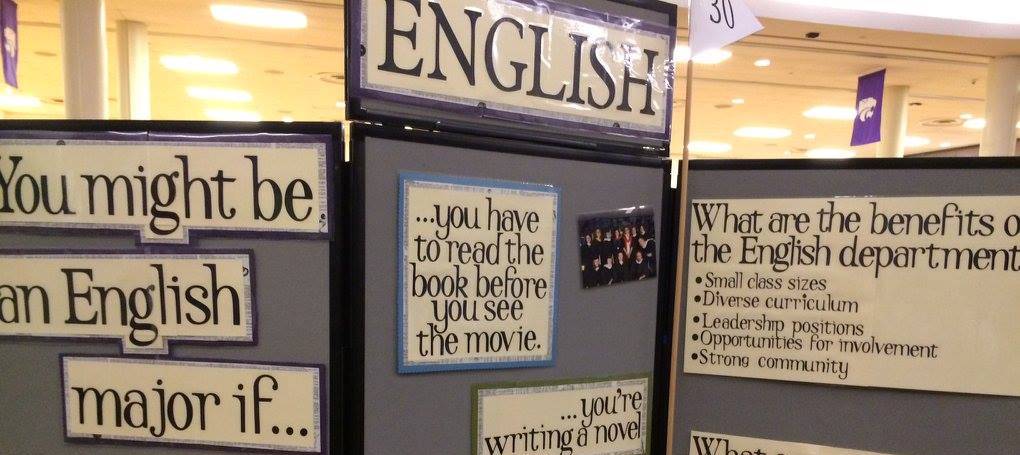

This semester I am teaching the ENGL 825 graduate seminar class as “Narrative Medicine,” which is an interdisciplinary field that unites the narrative skill of close reading/listening and creativity to address the need for a deeper communication in healthcare.
To kick things off, we started with hefty texts like Susan Sontag’s Illness as Metaphor and Elaine Scarry’s The Body in Pain while also looking at essays like “Empathy Exams” by Leslie Jamison and “Pain Scale” by Eula Biss.
Even though all the students excel at writing, their first big creative assignment was to design and create their own visual art project that represented their relationship to some part of their body (or their whole body). I wanted everyone to try a project that was a bit outside their usual assignments so that even the nature of the creativity invited the productive discomfort that often accompanies learning and growth.


We ended up making a “pop up” art museum on the second floor of the ECS Building to present the bodily metaphors. Students were asked to encounter the art objects as art first, to wander the exhibit we’d made and take in the detail. Before the creators were allowed to explain their projects, the other students were able to respond with praise and interest, talking about what they noticed and liked in each project. I loved hearing how they saw each other and how they’d heard each other the first three weeks of class.
I also loved seeing how often students used found objects to create these self-portraits, rescuing items and transforming them for this project. We’d previously watched a video on object empathy and the art of kintsugi. In kintsugi, broken pottery is mended with gold to make something even more beautiful than it was in its original form, its repair something singular and remarkable. A couple of the projects used gold to show this mending seam in their metaphors.


During their presentations, students were asked why they chose that form for their metaphor; how they felt about their relationship to their body and its metaphor; which of our readings had influenced the way they see or experience that part of their body; and how they might change their relationship to this body part and its metaphor in the future. Their answers were thoughtful and nuanced, and I was amazed at the level of vulnerability people allowed themselves to share.
I was awed by their candor, and also about how much we never know about each other’s lives and struggles.
I also loved seeing that although these projects were visual and objects, text crept in to so many of them. That desire to communicate through language and not just image is irrepressible.


I’m excited to see where the next 12 weeks takes us, what metaphors we will discuss, what insights we will have, and what questions we will ask. What will we know about the difference between pain and suffering? And why do some genres elicit more empathy than others? Can art make someone a better listener? Or more moral?

I’m eager to talk about all of these things in class, but I’m also glad we have more creative projects to create so we can learn about the articulation of pain—and of joy—in our own writing.
— Traci Brimhall, Associate Professor
